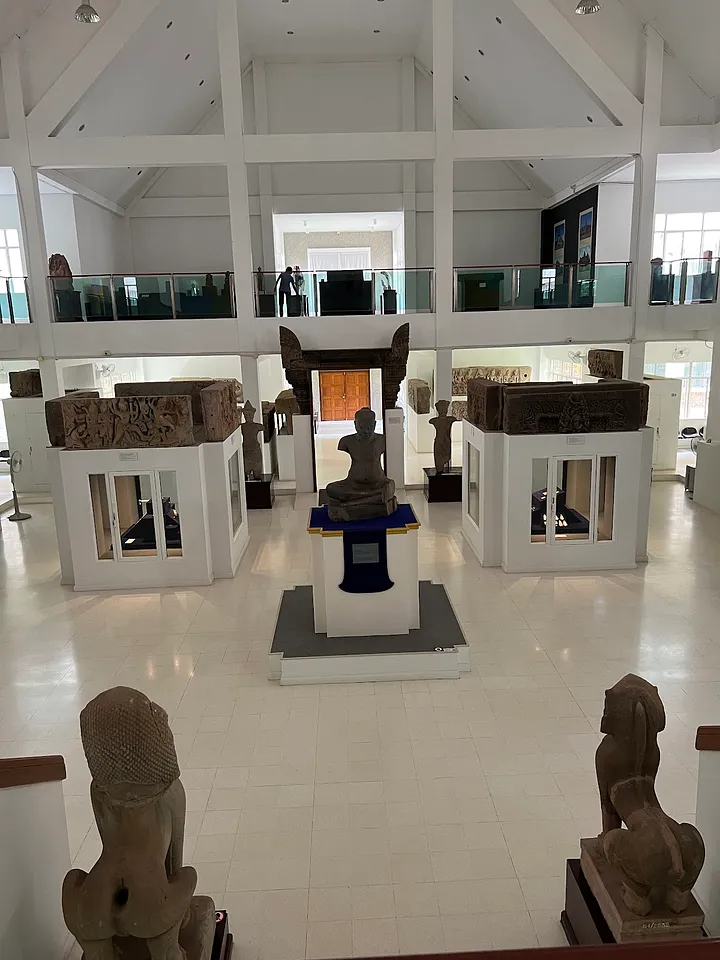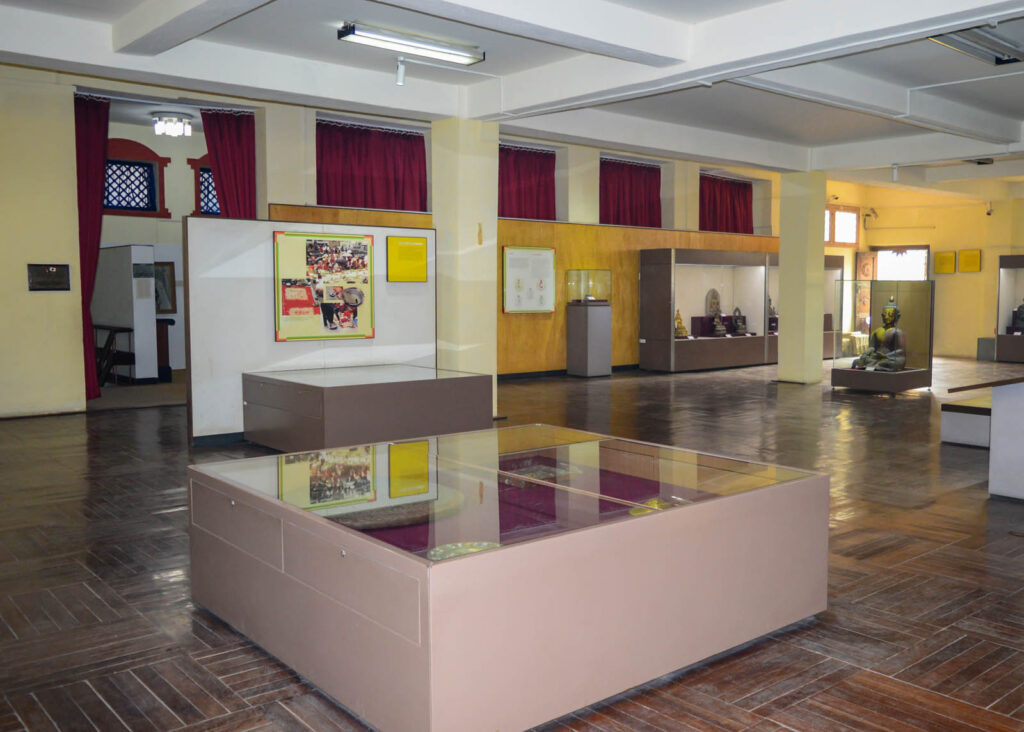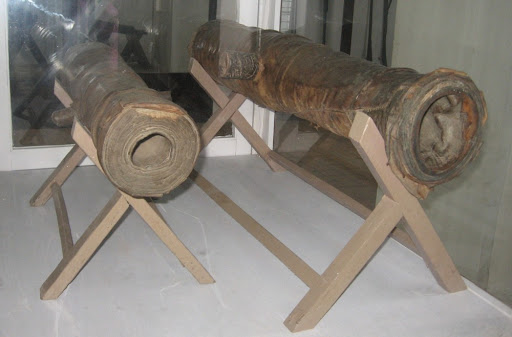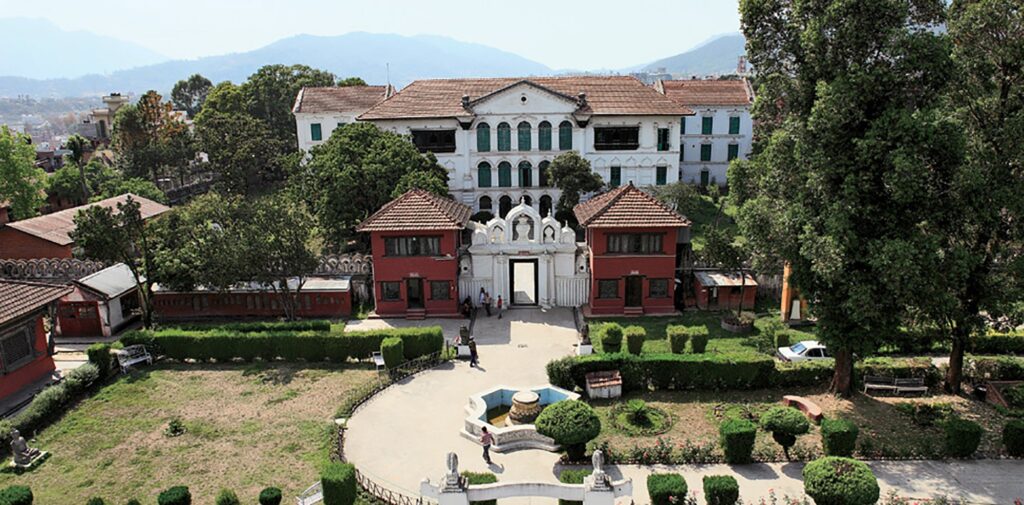As a history admirer exploring Kathmandu, I knew I couldn’t miss the National Museum of Nepal. Housing a fascinating collection of artifacts spanning thousands of years, it offers an enlightening overview of Nepalese art, culture, and heritage.
I was amazed by the rare Buddhist and Hindu sculptures, historic weaponry, and stunning medieval paintings. But it was the exhibits on Nepalese royalty that captivated me.
Nepal has many places to explore but If you want to discover the rich artistic traditions and storied past of this incredible country, you must visit this national treasure in Kathmandu. Join me as I take you through the highlights of this not-to-be-missed museum.
History and Evolution
In 1928, the National Museum of Nepal started as an arsenal museum. It was a place for arms and ammunition. But in 1938, something special happened.
Prime Minister Juddha Sumsher JBR changed it. He opened it to everyone. This was a big step. It went from being just about weapons to sharing Nepal’s rich history with everyone.
Over the years, the museum changed a lot. Its name changed too. You walk in, and you see how Nepal has grown and changed. From ancient coins to beautiful art, it’s all there.
It’s not just a building with old things. It’s a story. A story of Nepal and its people. And that story keeps growing, just like the museum.
Exploring the Galleries
Today, I embark on a thrilling journey through three of its most captivating museums, weaving a tapestry of artistic brilliance, spiritual serenity, and echoes of a remarkable past.
First stop: The Art Gallery – A Brushstroke Through Time
First, the Art Gallery reveals ancient stories. A black stone sculpture of King Jayavarma showcases Nepalese sculpting talent. Krishna Lila paintings bring Hindu myths to life with vibrant colors and details.

Next Chapter: The Buddhist Art Gallery – Finding Inner Peace
Then, the Buddhist Art Gallery offers tranquility. Mandalas symbolize harmony, and sculpted Buddhas embody compassion. Each artifact reflects centuries of faith and the quest for inner peace.
Sculpted Buddhas with serene smiles preside over the room, their postures whispering mantras of compassion and wisdom. I reach out to touch a ritualistic bell, its ancient bronze resonating with the echoes of countless prayers.

The Finale: The Historical Museum – Echoes of Valor and Nature’s Bounty
The Historical Museum narrates Nepal’s past. Dioramas depict historic battles and Gurkha warriors’ bravery. It also celebrates Nepal’s biodiversity, with exhibits on the Himalayas and native wildlife like Bengal tigers and rhinoceroses.
These museums are more than artifact collections. They’re dynamic storytellers, intertwining art, faith, and history in Nepal’s narrative. Today’s visit was an immersive journey into Nepal’s soul.
Unique Exhibits and Collections
Visiting a museum with unique exhibits, I discovered fascinating pieces:
- Leather Cannon from Tibetan War: This unusual artifact caught my eye. Made from leather, it’s from the Tibetan War era. It’s rare to see such a blend of materials in weaponry. This cannon tells a story of innovation and survival in conflict.
- Coin Collection: Spanning from the ancient Licchavi era to modern times, these coins are a timeline of Nepal’s history. Each coin, with its distinct design, speaks volumes about the eras they represent. This collection is a journey through time, showing economic and artistic changes.
- 1995 Japanese-Funded Buddhist Art: A special section showcases artifacts from the 1995 exhibition, funded by Japan. These pieces highlight the intersection of art and spirituality in Buddhism. They reveal how art can profoundly impact faith and culture.
Each exhibit in the museum brings a piece of history to life. From ancient weaponry to evolving currency and impactful art, they weave a narrative that’s both informative and captivating.

Visitor Experience
Excited to explore Kathmandu’s museums? Fear not, fellow adventurer! Let me share some insider tips to navigate these cultural treasures like a pro:
Charting the Course:
- Map it out: Grab a free museum map or download the handy app – they’ll be your compass to hidden gems and must-see exhibits.
- Beat the crowds: Aim for weekdays or early mornings, especially if visiting the popular Art Gallery. Friday evenings offer a relaxed vibe at the Buddhist Art Gallery.
- Ticketing tips: Purchase tickets online for a smooth entry. For SAARC nation citizens, the cost is 50 Nepalese Rupees, while foreigners are charged 150 Nepalese Rupees.
Making the Most of Your Visit:
- Fuel your exploration: Pack snacks and a water bottle – museums are vast, and hunger pangs can strike!
- Rest your weary feet: Take breaks at designated rest areas – benches and cafes offer a chance to recharge and reflect.
- Capture memories: Don’t forget your camera (flash off, please!) to immortalize your museum moments.
Bonus Perks:
- Free Wi-Fi: Stay connected and share your discoveries on social media.
- Guided tours: Immerse yourself deeper with guided tours – available in various languages and focusing on specific themes.
- Souvenir havens: Shop for unique handicrafts and art prints to remember your museum journey.
So, there you have it! With these tips in your pocket, you’re ready to embark on a fascinating adventure through Kathmandu’s museums.
FAQs
What is the National Museum of Nepal Commonly Known As?
The National Museum of Nepal is commonly known as the Rashtriya Museum. It’s a well-known landmark in Kathmandu.
Which is the Oldest Museum in Nepal?
The National Museum of Nepal, established in 1928, is the oldest museum in Nepal. It holds a significant place in Nepalese history.
Who Built the National Museum of Nepal?
General Bhimsen Thapa, a prominent historical figure, built the original structure of the National Museum of Nepal in the early 19th century.
What Things are Preserved in the Museum of Nepal?
The museum preserves a wide range of items, including ancient coins, historical artifacts, Buddhist art, traditional weapons, and items showcasing Nepal’s rich biodiversity and cultural heritage.

